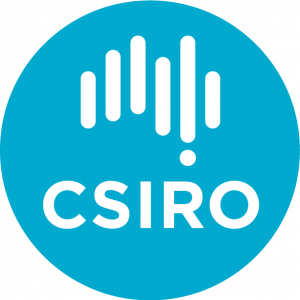
Posted: 21 November 2023
New research from CSIRO, Australia’s national science agency, has identified methods for improving artificial intelligence (AI) diagnosis of heart and lung conditions using X-ray.
In a recently published paper, scientists from CSIRO’s Australian e-Health Research Centre (AEHRC) compared different AI models to achieve a better understanding of, and identify improvements in, the diagnostic accuracy of automated chest X-ray interpretation and reporting.
CSIRO Research Scientist and lead author on the paper, Dr Aaron Nicolson, said a better understanding of optimal models will lead to greater accuracy in using AI to diagnose X-ray images.
“AI has the potential to improve health services, and in particular better support health professionals by easing their burden and workload of current non-automated practices,” Dr Nicolson said.
“Automated report generation for X-rays could reduce clinician burnout and create space for them to provide more robust patient care. The research demonstrates the future potential to better support clinicians.”
Current methods of AI X-ray report generation use an “encoder” to read the chest X-ray images, and “decoder” to produce a report. Until now there has been no research into which encoder and decoder is best for automated chest X-ray report generation.
Additionally, it is possible to transfer the knowledge learned from one task, such as classifying natural images or generating Wikipedia articles, to improve the task at hand. In this case – automated reporting. This method is known as “warm starting” an AI model.
In a world-first, the imaging team at CSIRO’s AEHRC tested different encoders and decoders, as well as the effectiveness of different tasks for warm starting the chest X-ray report generation task.
Findings show that the optimal combination of encoder and decoder, together with the use of the warm starting method, produce a 26.9 per cent relative improvement on the accuracy of automated image reporting. Evaluation was done by comparing with human radiologist reports.
Radiologist Dr Doug Anderson from Monash Medicine, Victoria said, “Clinician burnout is a risk factor for mental illness and particularly prevalent in radiologists due to large workloads and demanding clinical documentation.”
“The increasing clinical reliance on imaging for diagnosis combined with a relative shortage of radiologists is creating unsustainable workloads and a search for workload management solutions.
“An exciting potential solution to onerous radiologist workloads is using artificial intelligence to assist with interpreting chest X-rays and documentation.”
While the model identifies some pathologies consistently (e.g., pleural effusion) it does not yet accurately identify others (e.g., lung lesion).
The next step for researchers is improving the AI model so it can accurately identify most pathologies. These improvements are required before the technology can be used in a clinical setting.



